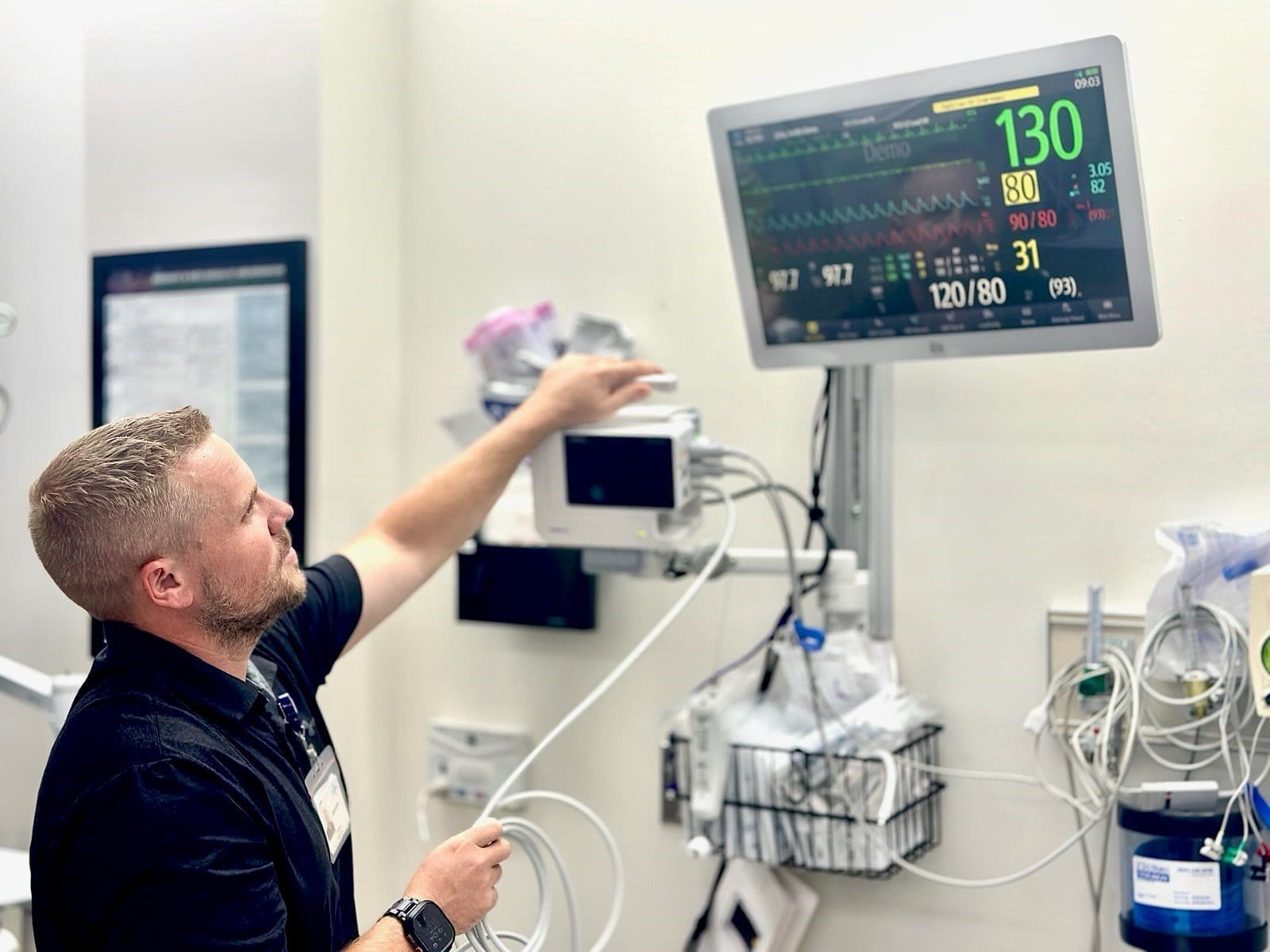
AGH brings in the latest patient monitoring equipment
Artesia General Hospital recently implemented Mindray Medical Monitors throughout the hospital to improve patient safety and observability. The monitors track a range of vital signs such as heart rate, blood pressure, oxygen saturation, respiratory rate, and temperature and play a critical role in healthcare settings, providing accurate, real-time data that clinicians need to make informed decisions. By providing continuous, real-time data, Mindray monitors ensure that healthcare providers can swiftly respond to any changes in a patient’s condition.
Mindray monitors provide access to accurate, real-time data, enabling healthcare providers to make informed decisions quickly. This can lead to more effective treatments, reduced complication rates, and shorter hospital stays, ultimately enhancing patient outcomes and safety.
“Introducing these monitors into the hospital setting has been a bit of a game changer for us” said AGH CEO Dr. Joe Salgado.” The monitors have enhanced our ability to make better decisions for patients and led to more effective treatments.”
Mindray, a global leader in medical technology, has consistently pushed the boundaries of innovation to enhance patient care and clinical efficiency. Their medical monitors stand out for their cutting-edge features, reliability, and user-friendly design
The monitors also support seamless connectivity with Electronic Health Records and Health Information Systems, ensuring that patient data is accurately recorded and easily accessible. This integration facilitates better communication among healthcare teams, reduces duplication of efforts, and supports data-driven decision-making. Real-time data from the monitors also helps hospitals allocate resources more effectively. By identifying patients who require immediate attention versus those who are stable, hospitals can prioritize care and optimize the use of critical care beds, staff, and equipment.
Additionally, the enhanced efficiency, improved patient outcomes, and optimized resource allocation associated with the monitors can lead to significant cost savings for hospitals. Reduced hospital stays, fewer complications, and lower readmission rates all contribute to a more cost-effective healthcare delivery model. “The efficiency of the monitors assists us from the operations side as well” said AGH Facilities Director Brandon Gottlieb. “We now have improved efficiencies that allow for better maintenance and usage throughout the hospital.”
